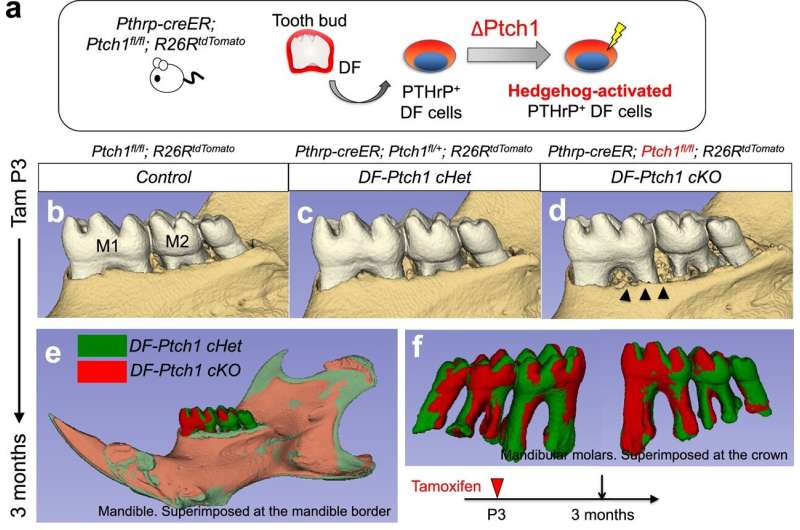The ability to regenerate lost teeth and their surrounding bones is considered a holy grail in the field of dentistry. For decades, the gold standard for replacing a lost tooth has been a foreign object, such as a dental implant or a denture. While these solutions are quite effective, they cannot perfectly replicate a natural tooth’s structure, function, or feel. Many researchers are therefore conducting studies on tooth development to open new avenues for regenerative therapies.
However, the process by which teeth and bones develop is incredibly intricate. It involves a dynamic interplay of different cell and tissue types, including the dental pulp, enamel organ, and the bone-forming cells of the jaw, all of which must interact in a precise sequence. These cells communicate through a network of signaling molecules, orchestrating the formation of the tooth’s crown, root, and the alveolar bone that anchors it. As one might expect, our understanding of tooth development is far from complete.

